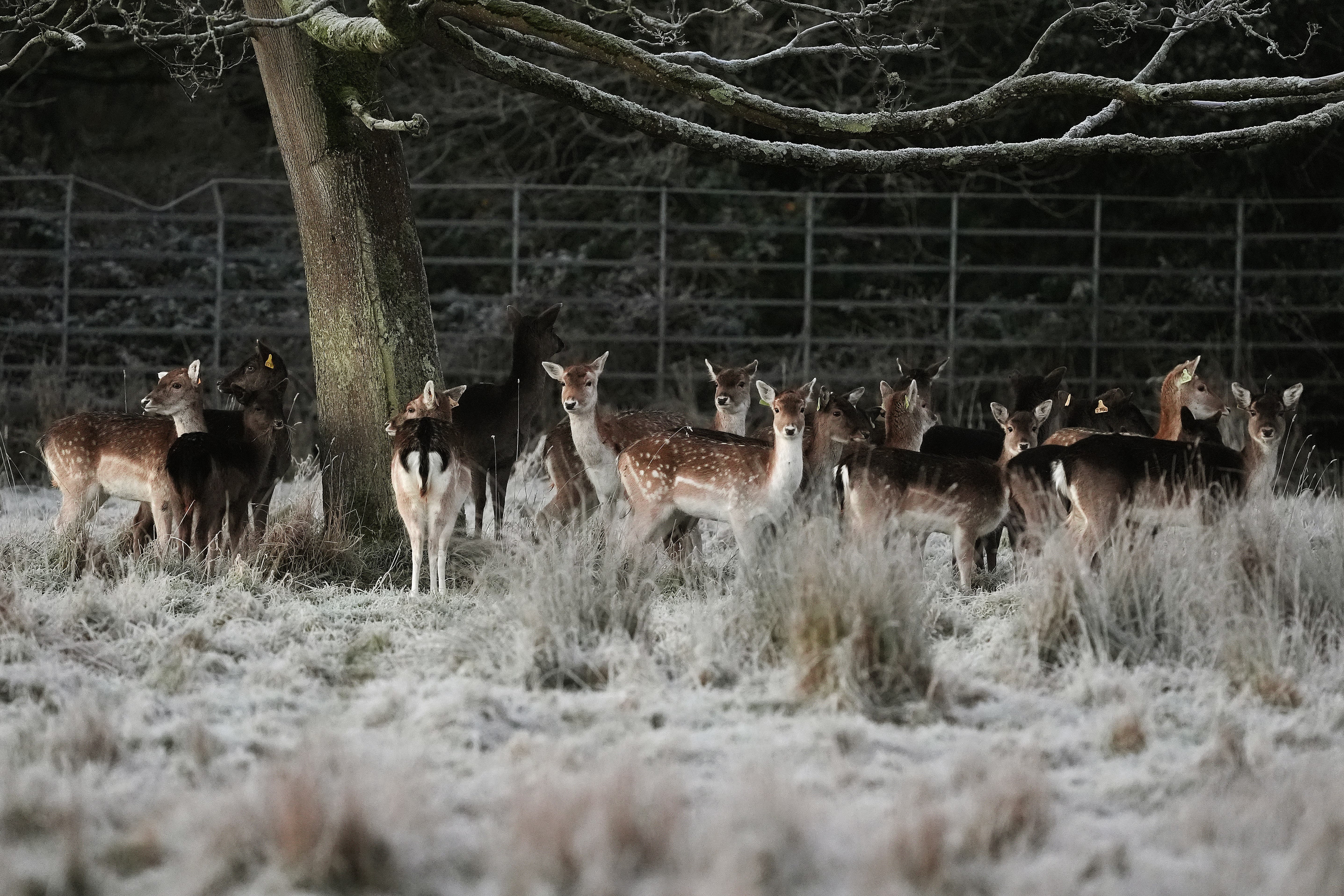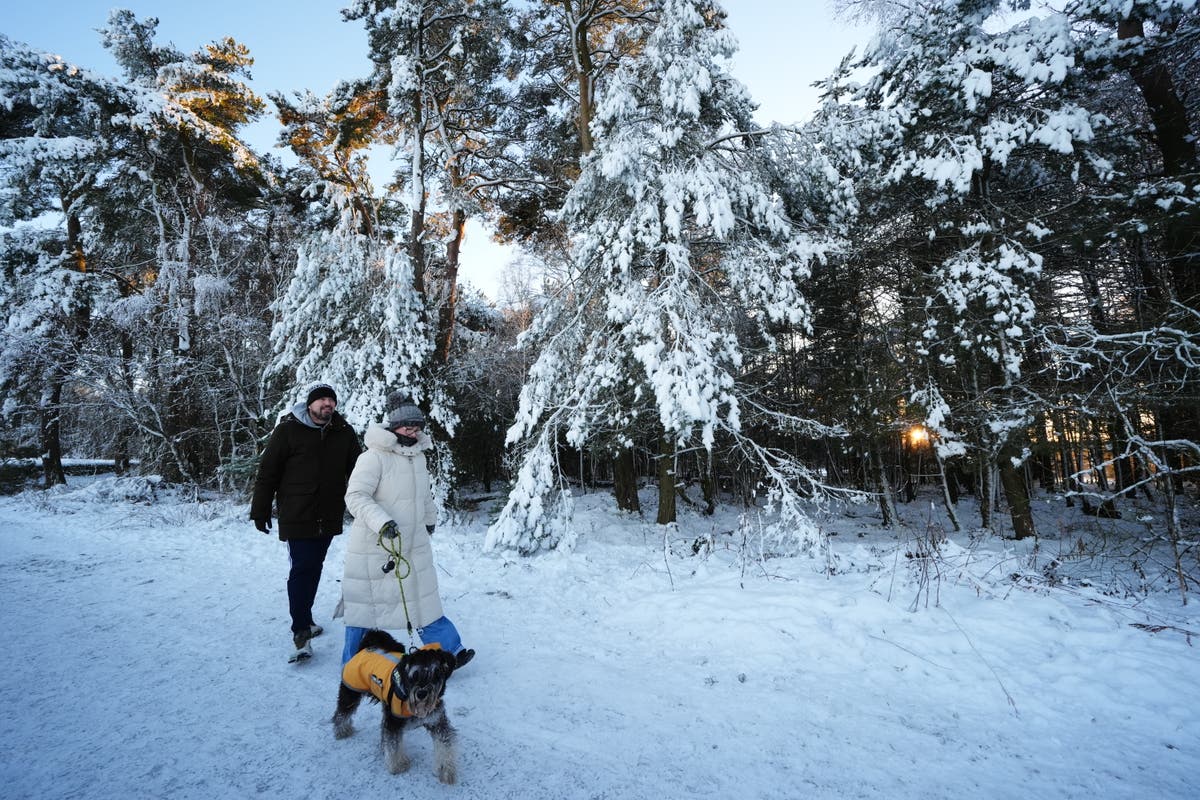The Met Office has warned of snow and ice, with the risk of rare freezing rain, across most of England and Wales over the weekend.
The phenomenon – commonly known as ice storms in North America – is not often seen in the UK because the conditions needed for it are quite specific, according to the forecaster.
Met Office chief forecaster Jason Kelly said freezing rain could lead to “treacherous conditions” across the country amid warnings of stranded vehicles on the roads and delayed or cancelled rail and air travel.
Follow weather updates here
But what is freezing rain, how is it different to snow and why is it so dangerous? The Independent takes a look below.

What is freezing rain?
Freezing rain is rainfall that has become “supercooled” as it falls from the sky, travelling through various temperatures in the atmosphere.
It starts as snow, ice, sleet or hail high up in the atmosphere, but as it travels down it melts through a layer of warmer air, then refreezes again through a layer of colder air near the surface.
It can produce striking effects, as the rain drop spreads out momentarily across the surface before it freezes, encasing the surface in a layer of clear ice.
Why is it dangerous?
The weight of the ice can sometimes be heavy enough to bring down trees and power lines, and the glaze of ice on the ground effectively turns roads and pathways into an ice rink, according to the Met Office.
It can also prove extremely hazardous for aircraft, with the chance of icicles forming across the wings of an airplane.
The ice is very clear, often referred to as black ice, because it is so difficult to see, making it treacherous for pedestrians and drivers.
Mr Kelly added: “There is a risk of freezing rain across parts of the Midlands and northern England, but especially Wales, adding to the risk of ice and leading to some treacherous conditions in places.
“As the super-cooled rain droplets hit the surface they instantly freeze, covering everything in a layer of ice, making it extremely dangerous.”

